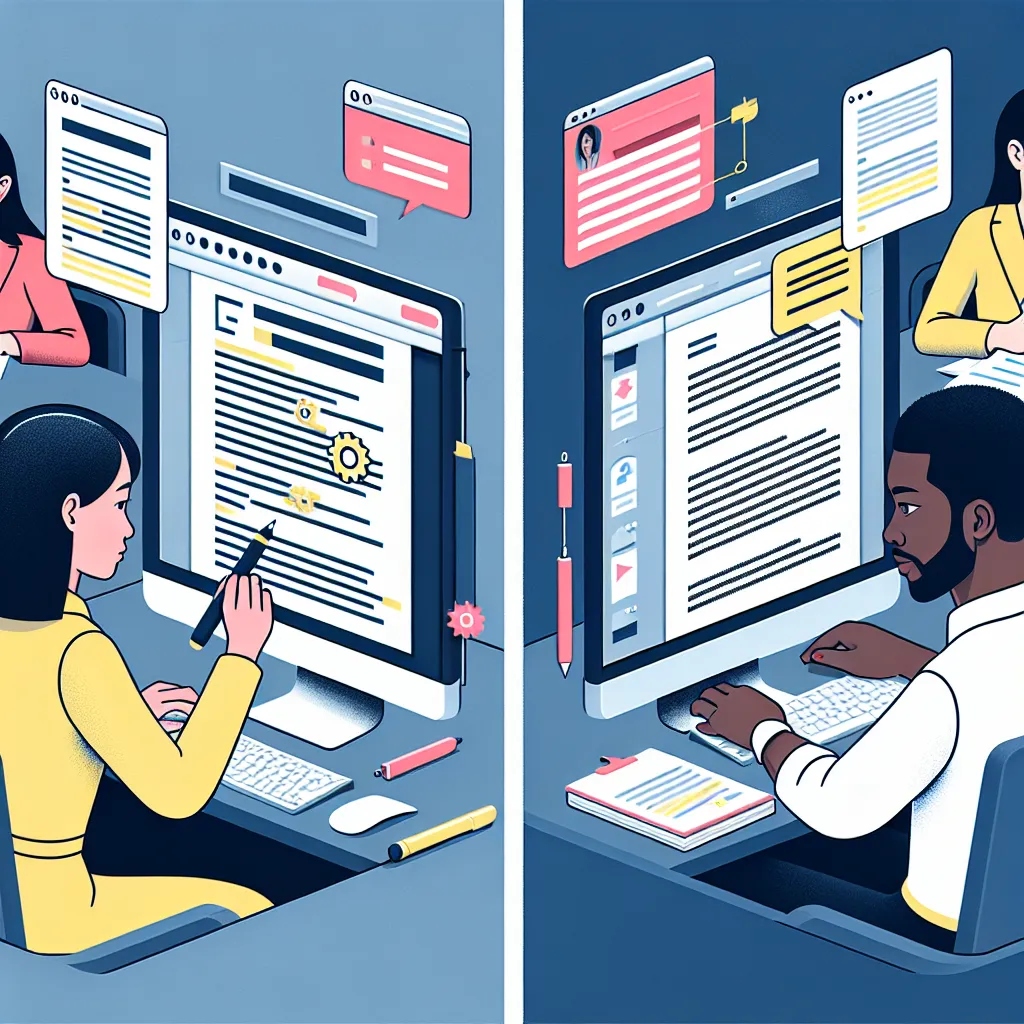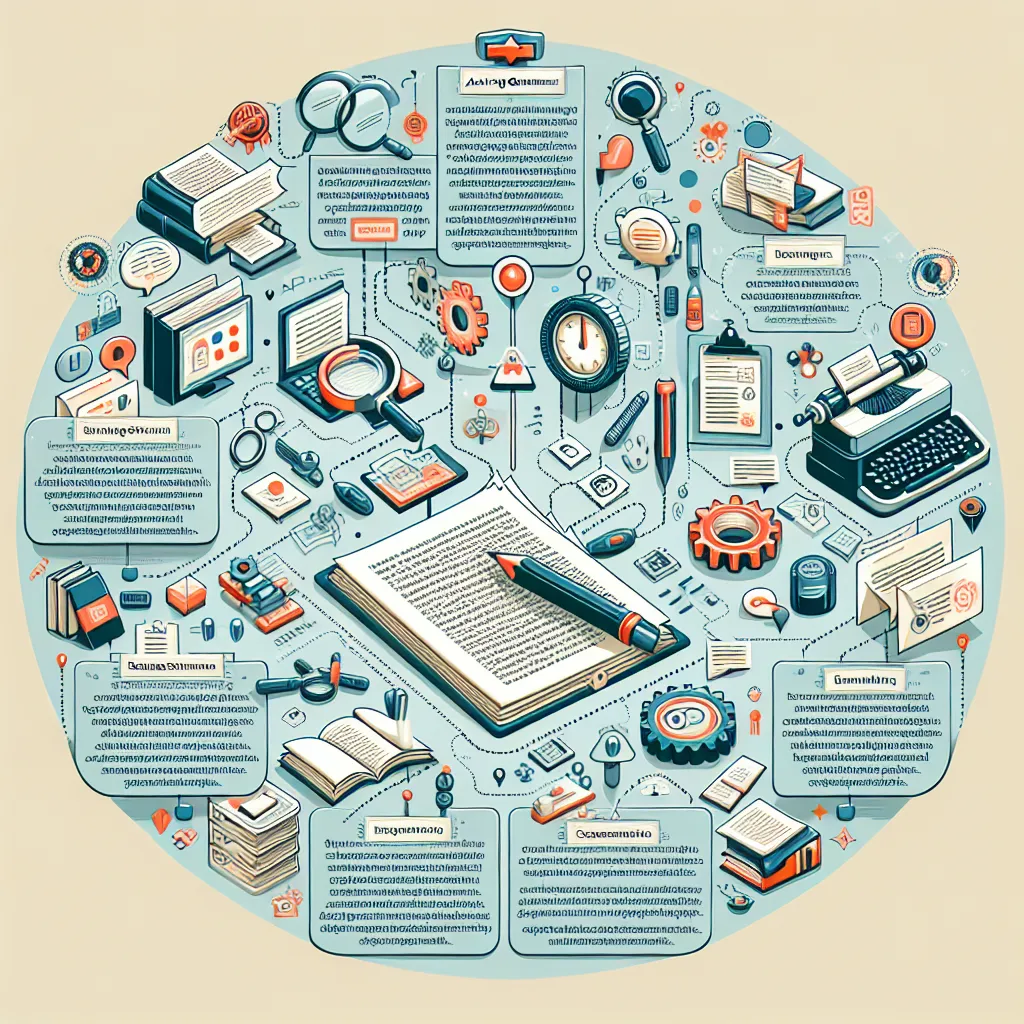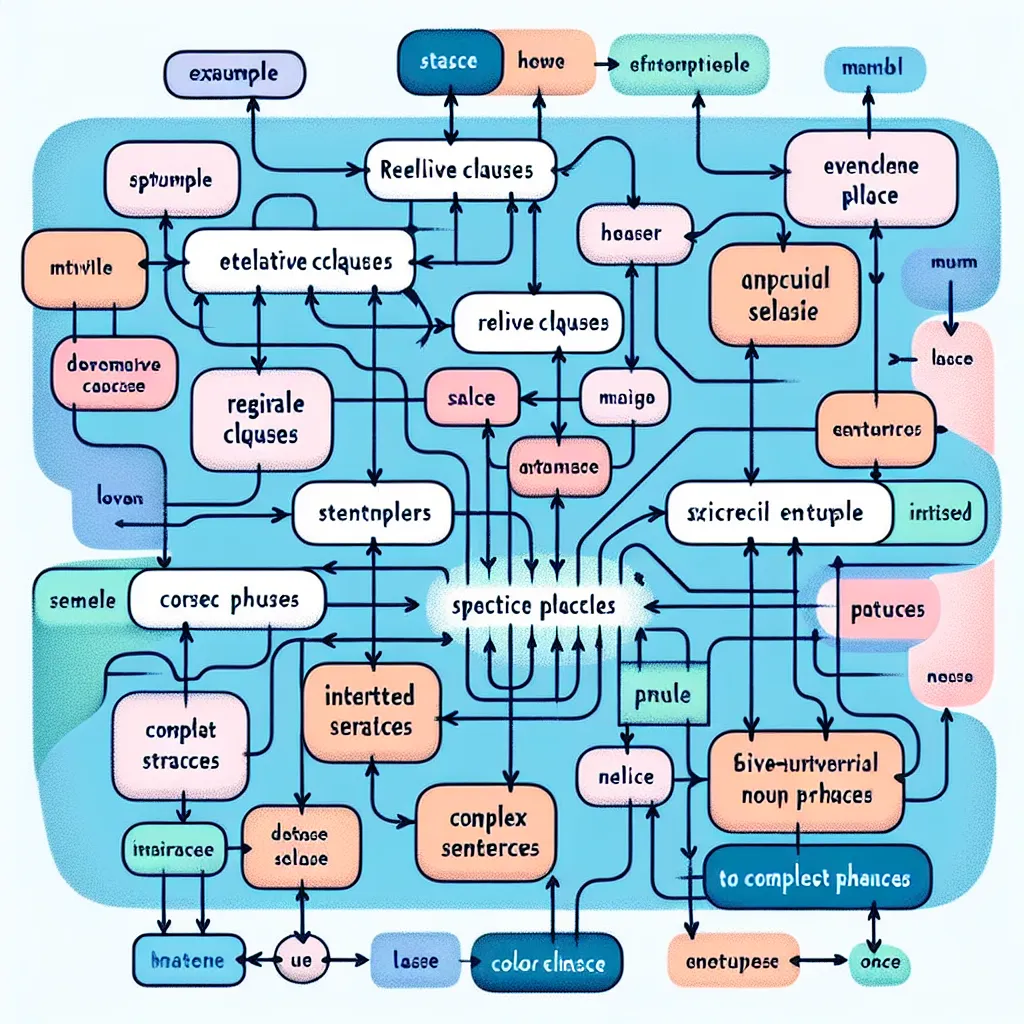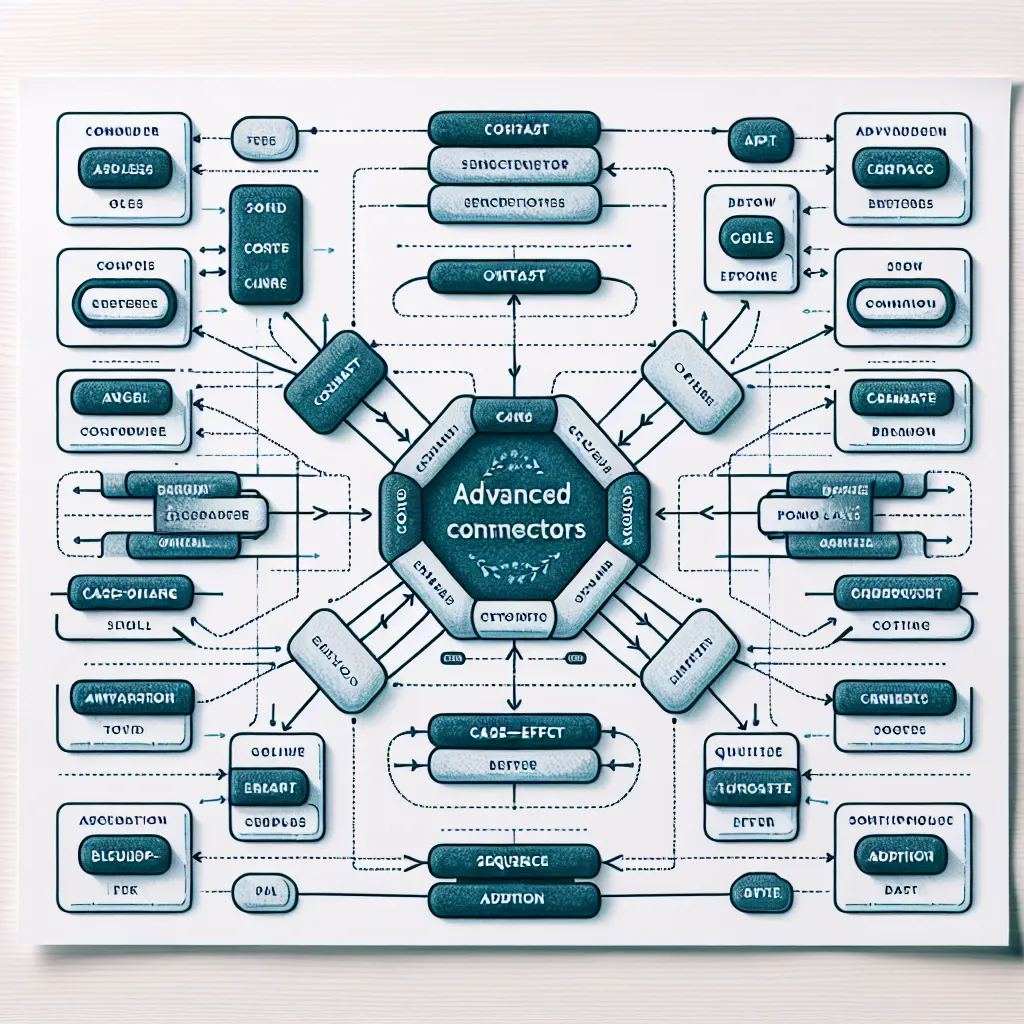Technical proposals require a high level of precision and clarity in language use. Mastering Advanced Grammar For Technical Proposals is crucial for professionals seeking to create compelling and effective documents. This guide will explore key grammatical concepts and techniques to elevate your technical writing skills.
Understanding the Importance of Advanced Grammar in Technical Proposals
Technical proposals are complex documents that demand a sophisticated command of language. Proper grammar not only enhances the clarity of your ideas but also establishes credibility and professionalism.
Why Advanced Grammar Matters
- Precision: Advanced grammar allows for nuanced expression of complex ideas.
- Clarity: Well-structured sentences improve readability and comprehension.
- Professionalism: Grammatical accuracy reflects attention to detail and expertise.
- Persuasiveness: Effective use of language can strengthen your arguments and proposals.
 Advanced grammar in technical proposals
Advanced grammar in technical proposals
Key Advanced Grammar Concepts for Technical Proposals
1. Complex Sentence Structures
Technical proposals often require the expression of complex relationships between ideas. Mastering advanced sentence structures can help convey these relationships more effectively.
Examples:
- Conditional clauses: “Should the project encounter unforeseen challenges, our team has developed contingency plans to ensure timely completion.”
- Relative clauses: “The proposed solution, which incorporates cutting-edge AI algorithms, will significantly enhance data processing efficiency.”
2. Proper Use of Modifiers
Modifiers can add precision to your technical descriptions, but they must be used correctly to avoid ambiguity.
Examples:
- Dangling modifiers (incorrect): “Using advanced analytics, the project timeline will be optimized.”
- Corrected version: “Using advanced analytics, our team will optimize the project timeline.”
3. Parallel Structure
Maintaining parallel structure in lists and comparisons enhances readability and logical flow.
Example:
- “The new system will increase efficiency, reduce costs, and improve overall performance.”
4. Active vs. Passive Voice
While passive voice has its place in technical writing, active voice often provides more clarity and directness.
Examples:
- Passive: “The data will be analyzed by our team.”
- Active: “Our team will analyze the data.”
5. Precise Verb Tenses
Accurate use of verb tenses is crucial in technical proposals, especially when describing project timelines and processes.
Example:
“By the time the project is completed, we will have implemented all security protocols and conducted thorough testing.”
Advanced Punctuation for Technical Proposals
1. Semicolons
Use semicolons to join related independent clauses or in complex lists.
Example:
“The proposal includes three main components: a feasibility study; a detailed implementation plan; and a comprehensive budget breakdown.”
2. Colons
Colons can introduce lists or explanations in technical writing.
Example:
“The project requires the following resources: advanced computing systems, specialized software licenses, and a team of experienced data scientists.”
3. Em Dashes
Em dashes can set off important information or add emphasis.
Example:
“Our proposed solution—a hybrid cloud architecture—offers the best balance of security and scalability.”
Avoiding Common Grammatical Pitfalls in Technical Proposals
- Subject-verb agreement in complex sentences
- Misplaced or dangling modifiers
- Inconsistent tense usage
- Ambiguous pronoun references
- Overuse of jargon or technical terms without explanation
Strategies for Improving Grammar in Technical Proposals
- Read extensively in your technical field to familiarize yourself with common structures and styles.
- Use grammar checking tools, but don’t rely on them exclusively.
- Have your proposals reviewed by colleagues or professional editors.
- Create a style guide specific to your organization’s technical writing needs.
- Practice writing and revising complex technical sentences regularly.
For more insights on enhancing your technical writing skills, consider reading our article on how to develop English proficiency in technical writing.
 Strategies for improving technical writing grammar
Strategies for improving technical writing grammar
Conclusion
Mastering advanced grammar for technical proposals is an ongoing process that requires attention to detail, practice, and continuous learning. By focusing on complex sentence structures, proper use of modifiers, parallel structure, voice, and precise verb tenses, you can significantly enhance the quality and effectiveness of your technical proposals. Remember that clear, accurate, and sophisticated language use not only improves the readability of your documents but also enhances your professional credibility.
To further refine your skills in professional communication, you might find our guide on advanced grammar for professional communication helpful. Additionally, for those working specifically on project proposals, our article on advanced grammar for project proposals offers targeted advice and examples.
By consistently applying these advanced grammar concepts and strategies, you’ll be well-equipped to create compelling, clear, and professional technical proposals that stand out in competitive environments.




